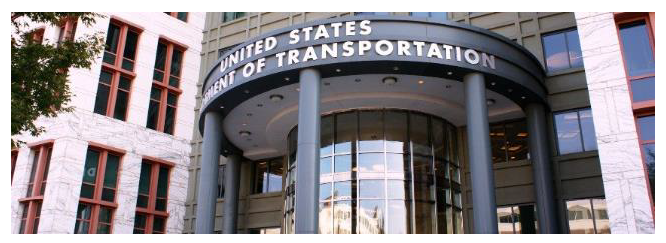The U.S. Department of Transportation has issued a final rule on revisions to 49 CFR 40 to expand its mandatory drug test. Effective January 1, 2018, the pre-employment and employment drug urinalysis for drivers and other safety-sensitive transportation employees in DOT-regulated industries will add four semi-synthetic opioids to its test panel: hydrocodone, hydromorphone, oxymorphone, and oxycodone. Some common names for these commonly prescribed painkillers include OxyContin, Percodan, Percocet, Vicodin, Lortab, Norco, Dilaudid, and Exalgo.
The rule is in direct response to the growing opioid epidemic in the United States, and comes as part of the effort to coordinate efforts between the DOT and Department of Health and Human Services (HHS). “The opioid crisis is a threat to public safety when it involves safety-sensitive employees involved in the operation of any kind of vehicle or transport,” said Secretary of Transportation Elaine L. Chao. “The ability to test for a broader range of opioids will advance transportation safety significantly and provide another deterrence to opioid abuse, which will better protect the public and ultimately save lives.”
Industry observers note that the most consequential impact on DOT-regulated companies is how to deal with the possibility of an increase in the percentage of positive tests during random testing. HHS estimates that an additional 1% of tests will test positive, nationwide. That may not seem like a burdensome number but, in the broader view, an increase in positive tests nationwide could put the industry over the critical positive test threshold, which, by law, determines whether the mandatory annual random test rate for a company or agency will remain at the current 25% of the employee force or be upped to random testing of 50% of the employee force each year.
As stated in the Federal Register, HHS estimates that the additional cost per urine test will be an additional $0.60. There are approximately 6.3 million DOT-regulated tests in the United State each year.




